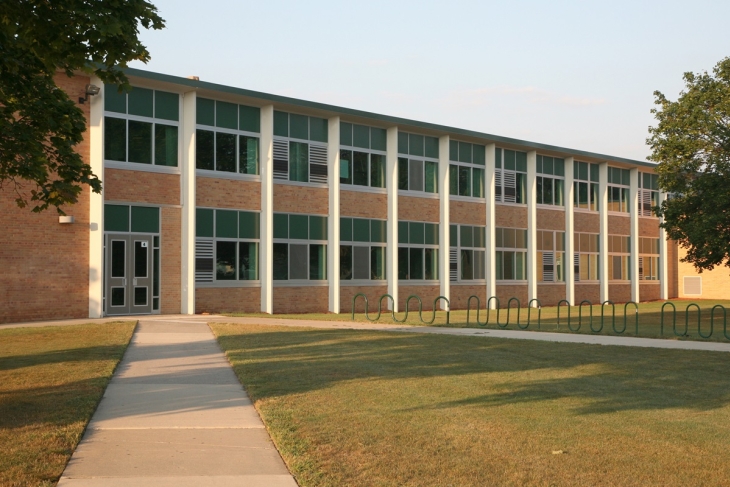In 2001, Congress enacted No Child Left Behind (NCLB), the much-discussed statute that, among other things, required states to identify their lowest-performing schools and help them improve. In 2015, in an effort to address perceived problems with NCLB, lawmakers revised the law into its current form, the Every Student Succeeds Act (ESSA). Although ESSA introduced new requirements for how states must evaluate school performance and identify low performers, it allowed states far more flexibility than NCLB. Among the changes was a shift in terminology, with schools most in need of intensive support now labeled Comprehensive Support and Improvement (CSI) schools.
In a new report, researchers at the federal Institute of Education Sciences examine whether ESSA played out as policymakers expected. They consider the number, types, and composition of schools that states identified as low-performing just before (2016–17) and just after (2018–19) ESSA’s full implementation. At the most basic level, ESSA reduced the overall number of schools identified as low-performing, from 6,917 during the last year of NCLB to 5,838 in the first year of ESSA—a 16 percent drop. This reduction, they find, was driven mainly by seven states that, before the ESSA switchover, were still operating under the full accountability and school-identification rules of NCLB. In those states alone, the number of identified schools dropped 77 percent, from 4,033 to 930 schools. Most other states had previously sought and been granted waivers from various aspects of NCLB, which allowed them flexibilities akin to those included in ESSA. Waiver states saw a 70 percent increase in the number of schools identified as low-performing when they switched to ESSA rules.
The types of schools identified as low-performing broadened across the board, resulting in more small schools and charter schools appearing on state lists, along with more schools that employ “alternative learning models.” The authors believe this shows ESSA’s school evaluation methodology was applied similarly to all public schools regardless of differences in model, size, or governance structure, but also represents an unintended consequence of the law. Schools that checked all three of those boxes (such as dropout recovery charter schools) were identified under the new law largely because of their high dropout rates, even though they were designed specifically to deal with that population.
Finally, the analysts found that, despite ESSA’s expanded list of accountability measures and increased flexibility, states still tended to identify schools with the lowest test scores. The only real difference was that fewer schools were identified overall, and those that ended up in CSI status were less likely to have high concentrations of historically underserved students. This is likely due to greater use of performance measures instead of (or in addition to) proficiency, like student growth rates, which are less correlated with poverty.
The report warns of too many supports potentially going to small alternative schools that don’t need them as badly as others, potentially diluting the available resources. Overall, though, it seems that the ESSA changes worked out as intended, correcting the perceived shortcomings of NCLB identification rules. However, none of this has anything relation to how either NCLB or ESSA have impacted schools and students on the ground. Luckily, some other analysts have begun to dig into that question, mindful that the identification of schools is only the first step in a much more detailed—and important—process of school improvement.
SOURCE: Institute of Education Sciences, “Identifying the Nation’s Lowest Performing Schools: Shifts Following the Passage of the Every Student Succeeds Act (ESSA),” U.S. Department of Education (October 2024).




